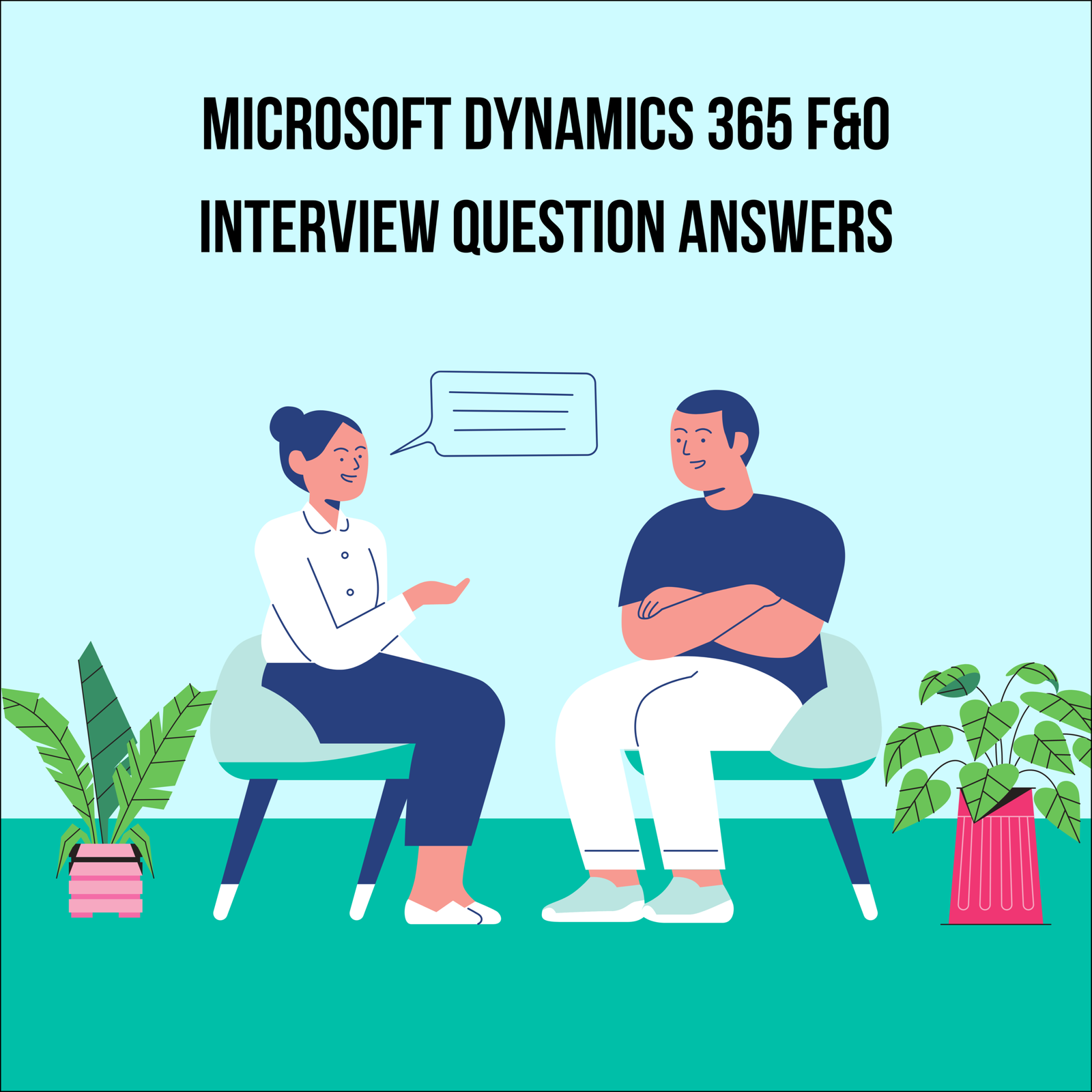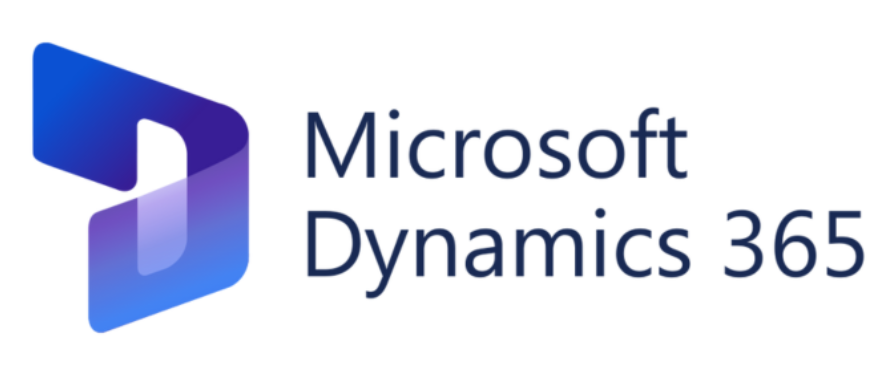
Interview question AX2012 / Dynamcis 365 F&O
Microsoft Dynamics 365 and AX 2012 remain essential platforms for organizations seeking powerful ERP and CRM solutions. Whether you’re preparing for an interview or hiring consultants, understanding the most commonly discussed topics can make a big impact. In the competitive job market, reviewing real-world D365 interview topics and mastering core concepts is a key advantage.
For candidates focusing on AX 2012, it’s crucial to understand legacy systems and how they transition to Microsoft Dynamics 365 Finance and Operations. Companies still rely heavily on AX 2012, making AX 2012 interview questions just as relevant as newer Dynamics 365 interview questions.
Functional consultants need to be well-versed in both technical configurations and business process mapping. Many dynamics 365 functional consultant interview questions and answers revolve around modules like Finance, Supply Chain, and Customer Engagement. Recruiters often focus on real-time scenarios and implementation experience, not just textbook definitions.
At the same time, staying updated with the evolving Microsoft Dynamics ecosystem — including the integration of Power Platform, Dataverse, and Azure services — can help candidates showcase their future-readiness during interviews.
For interview success in 2025 and beyond, professionals must demonstrate a deep understanding of both the older AX framework and the modern Dynamics 365 cloud-first architecture. This includes experience in reporting tools, security management, business processes, and customization best practices.
If you’re targeting a role involving Microsoft Dynamics 365, make sure to review common real-life use cases, migration strategies from AX 2012, and your experience handling client-specific configurations.
Q1: Why do we prefer TempDB over InMemory tables while using them in queries for reports?
Answer: Both are temporary tables but TempDB tables can be used in Joins.
Q2: What are the different container functions?
Answer: condel :- To delete one or more items from a container.
confind :- To locate a sequence of items in a container.
conlen :- To find out length of the container.
connull :- To dispose of a container.
conpeek :- To extract an item from a container.
Q3: How can we restrict a class to be further extended?
Answer: The Final Keyword is used to restrict a class from further being extended. for ex: public final class.
Q4: Which classes are used for data import and export?
Answer: SysDataImport and SysDataExport.
Q5: How to make the last record active when a form is opened in Microsoft Dynamics 365 F&O?
Answer: In the properties of form datasource set the start position property as last.
Q6: What is the differentiate between refresh(),reread(),research(),executequery() in Microsoft Dynamics 365 F&O ?
Answer: refresh() just refreshes the data from form cache.
reread() will read the current record from the DB so you should not use it to refresh the form data if you have added/removed records.
research() will rerun the existing form query form data source. This will maintain any existing filters and sorting on the form.
executeQuery() should be used if you have modified the query in your code and need to refresh the form. It’s like research() only but also takes query changes into account.
Q7: Difference between a temp table and a container?
Answer: In containers, data is retrieved sequentially, but in temporary table enables you to define indexes to speed up data retrieval.
Containers provide slower data access if you are working with high number of records.
While passing a temporary table into a method call, it is passed by reference while Containers are passed by value.
Q8: Is Multiple inheritance possible in Microsoft Dynamics 365 F&O, if not how can we overcome that?
Answer: No. We can use Interfaces to overcome this.
Q9: Is main method necessary to write and why?
Answer: Yes, if we have to open the class from the action menu item we have to create the main method of the class.
Q10: What is the difference between the new & construct method?
Answer: new() method is used to create a memory of the object.
Construct() is a static construct method for each class that we should create. This method should return an instance of the class.
Q11: What is the difference between runBaseBatch and sysOperation framework?
Answer: Both are batch frameworks only. The SysOperation framework is the new replacement of the RunBase framework.
Q12: What are the different properties of a form datasource ?
Answer:
Name of datasource,
Table name,
AllowEdit,
AllowCreate,
AllowDelete,
StartPosition,
JoinSource,
LinkType.
Q13: What is Entire Table Caching?
Answer: The entire table cache is a different from record caching, in this we cache complete local copy of a table. It is ideal for parameter tables where data does not change often.
Q14: What are the link types in form datasource in Microsoft Dynamcis 365 F&O ?
Answer: Passive: In this linked child data sources are not updated automatically. We have to write code on active method of the main data source.
Delayed: There is a pause before linked child data sources are updated.
Active: The child data source is updated instantly when a record in the parent data source is selected.
InnerJoin: Selects records from the main table that have matching records in the joined table and vice versa. Only one record for each match. Records that are without related records in the other data source are eliminated in the ouput.
OuterJoin: Selects records from the main table and check if they have matching records in the joined table.
ExistJoin: It Selects a record from the main table for each matching record in the joined table.
Q15: What can’t we store in containers?
Answer: We can’t store objects in containers.
Q16: On closing of a form what are the methods which are called?
Answer: Close(), closed(), finalise().
Q17: What is the difference between Insert() method and doinsert() method ?
Answer: Insert(): To insert the records into the database and Secure any related transactions with tts.
Doinsert(): These methods should only be used under strict control because they bypass standard validations.
Q18: When a form is opened, what are the sequences of methods that are called?
Answer: Form init(), DataSource init(), Form run(), DataSource executeQuery(), canClose(), close().
Q19: What is find method and its use ?
Answer: Find method selects and returns one record from the table that matches the unique index specified in the input parameters.
Q20: How many types of relations are available in Microsoft Dynamics 365 F&O ?
Answer: Normal, Field fixed, Related field fixed.
Need help? Connect Atul
- Key Vault parameters in Dynamics 365 F&O - July 29, 2025
- User-based authentication RSAT - July 22, 2025
- Boost First-Load Performance in Dynamics 365 F&O with IIS Preload - July 15, 2025


